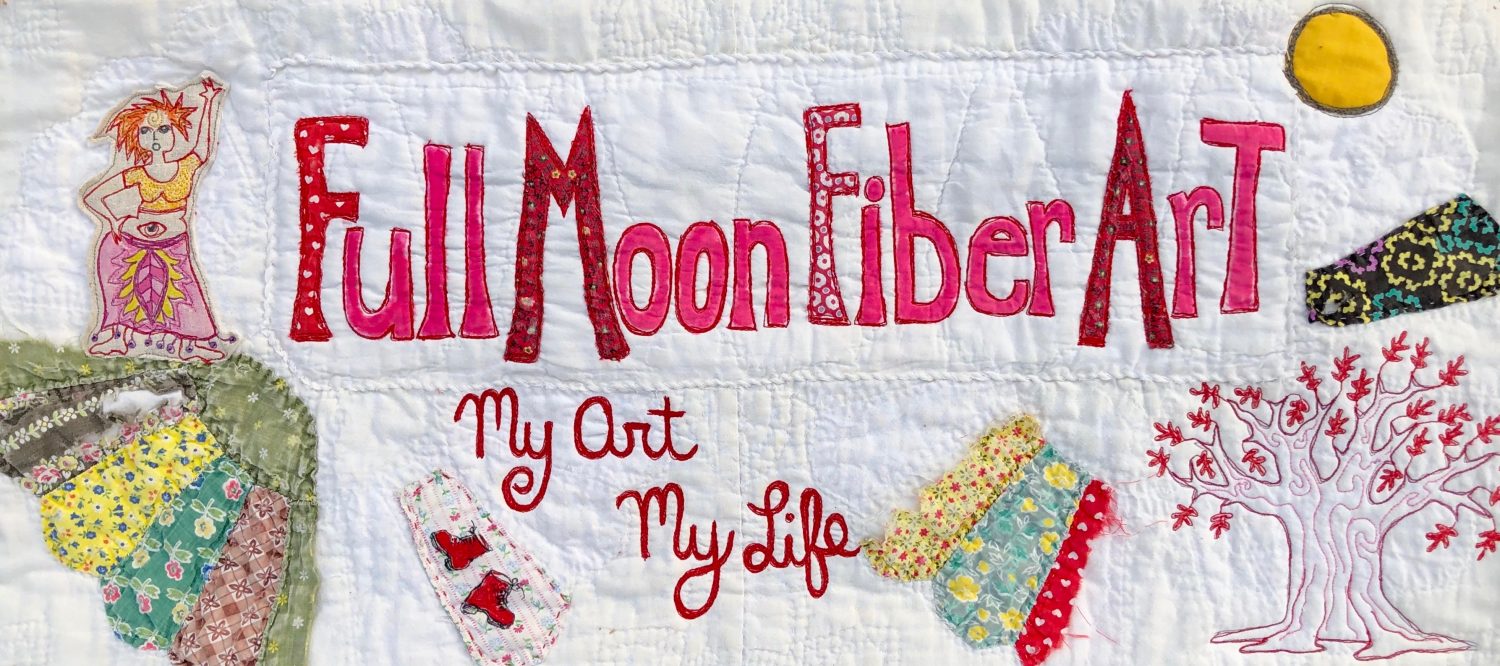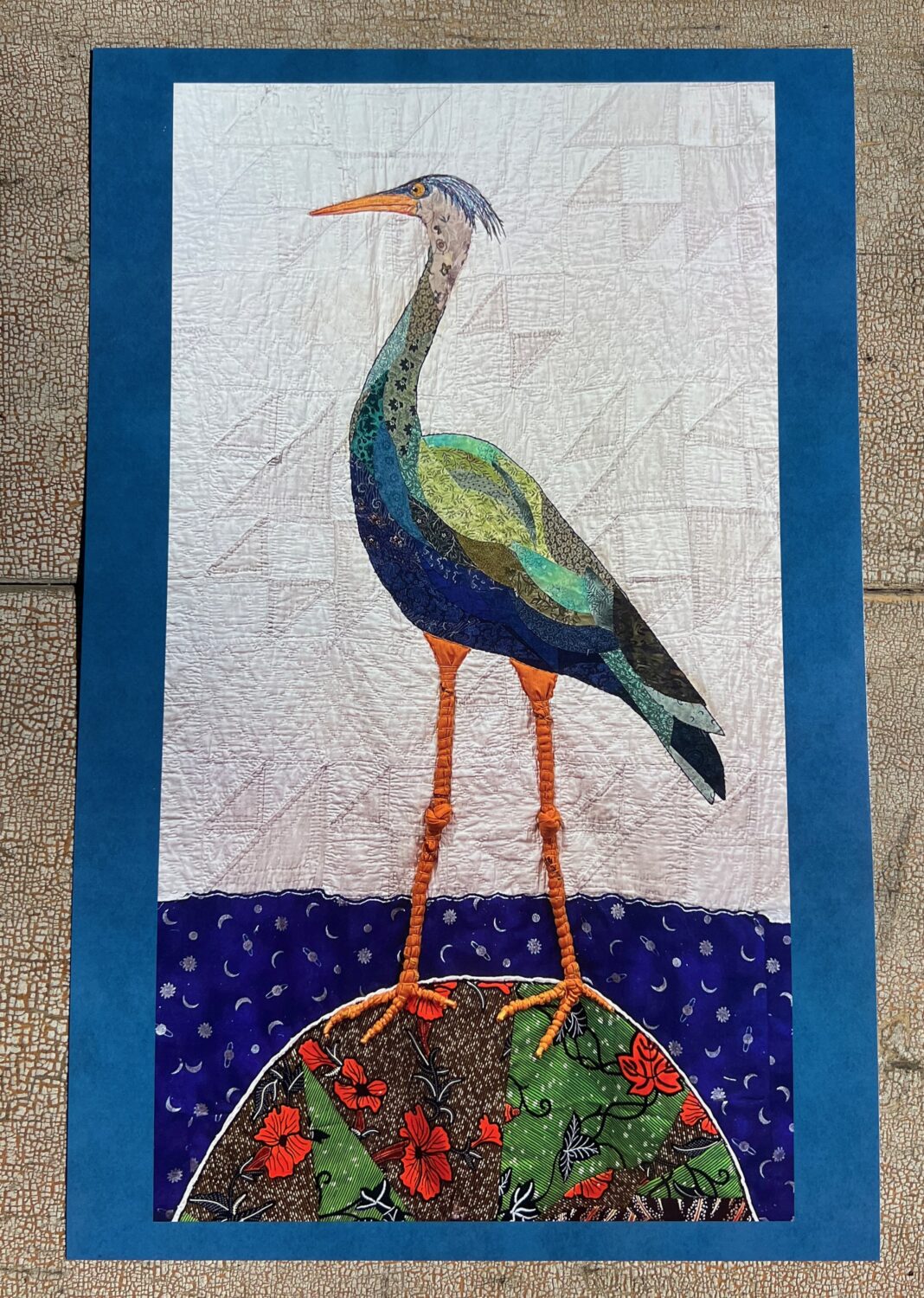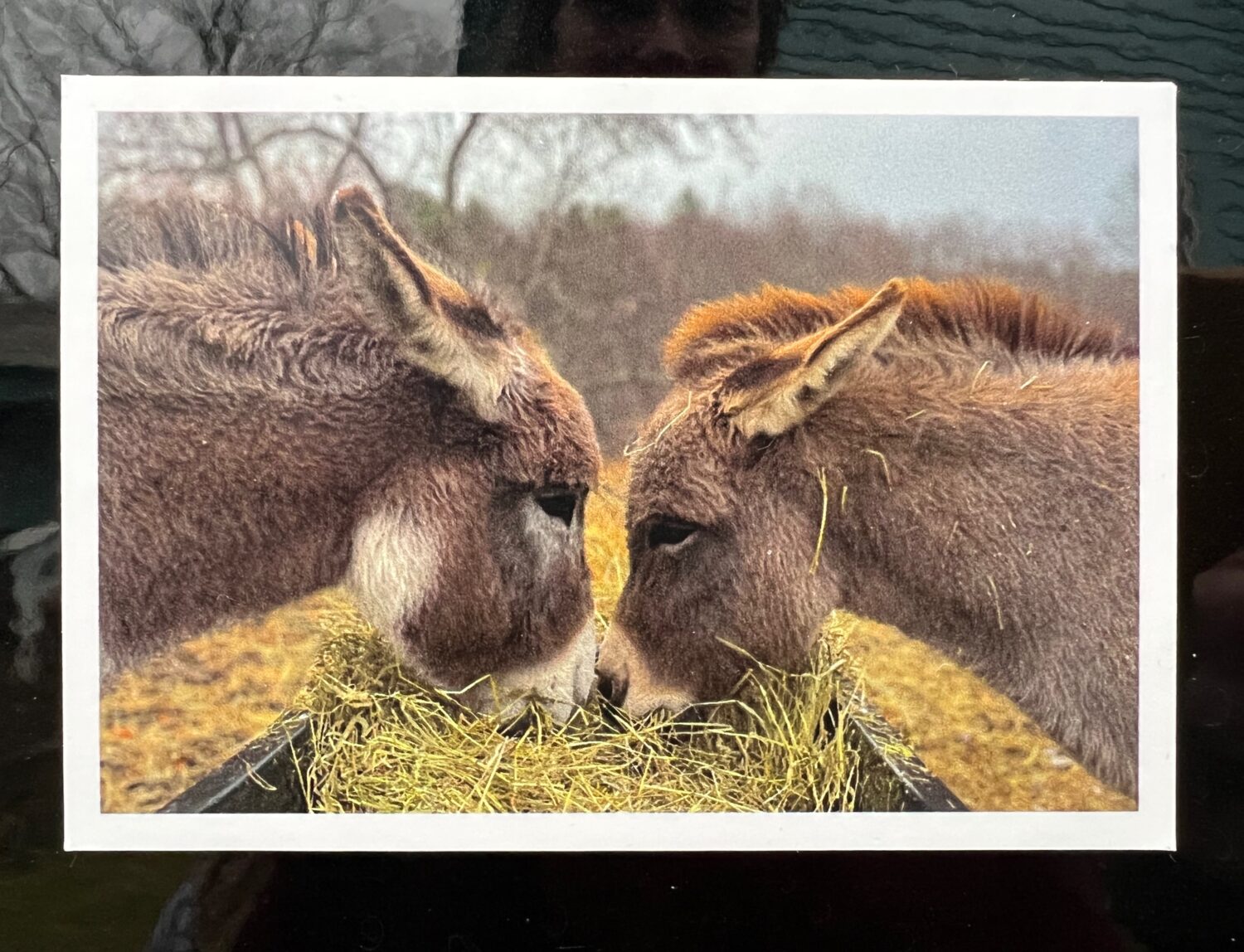
“...to know something, a person or an animal or a place, to become intimate with it, is not to know in any very conscious way but to dissolve the boundaries. To be with anything, life must overflow its brim.” Adam Nicholson, Life Between the Tides
Jon and I got to the ocean before our room was ready so we headed to one of the state parks we’d been to a few years before. I pulled on pants over my leggings, dressed in layers and a wool hat. I was prepared for the wind, for the cold.
There was a beach on one side of the parking lot and a rocky shore on the other. It was low tide, I was drawn to the rocks. Or more specifically, to the rock pools.
I’d just finished reading Adam Nicholson’s book “Life Between The Tides“. Jon gave it to me with our trip in mind. It’s one of those books that makes the connections between science and art and literature boundless. Each informing and dependent on the other.
I’d never thought of tide pools before reading this book. I’m not sure I even knew they existed. These are the small ponds of water that remain when the tide is low. They form between rocks and host various forms of life.
Tide pools are constantly in flux. So in a way, they are a microcosm for all of life, which even if we wish otherwise is also constantly changing, sometimes dramatically, more often incrementally.
Jon set up his camera on his tripod and I wandered down the grassy slope to the rocks. We arrived at the perfect time. The tide was low enough to expose the small pools of water overflowing with life.
That’s what I was looking for. Life in the form of seaweed, snails, shrimp, and crabs, as I had read about in Nicholson’s book.
And I found it.
First, and most obvious were the snails. There were so many of them, different colors and sizes, and some even hosting seaweed “hairdos”.

I grew up on Long Island and was a regular visitor to the sandy beaches of the south shore and the rocky ones on the north shore, but I’d never seen anything like what I saw Sunday afternoon. Not that they weren’t there, but that I had never seen them, I had never looked.
One that first day it was that snails that captured my attention. As the week went on I spotted the little shrimp that swim sideways and curl up under rocks for protection. Another day it was the seaweed that stunned me. The colors and textures so varied, they created a lush underwater garden.

On my last visit to the tide pools, I spotted a live crab. I’d seen a few broken claws and one empty shell, but this time a quarter-sized crab was laying in shallow water its underside up. My first instinct was to turn it over, but then I realized how well camouflaged it was on its back. It had become just another small gray rock.

“There are no boundaries here.” Nicholson writes about the tide pools. “The human, the planetary and the animal all intact, and all of them are inter-leaved in the realities of the shore. None makes sense without the others.”
I got lost in the tidal pools. I sought them out on all the small beaches we explored. The vast ocean just a few feet away, it was the tidal pools that drew me in. All I had to do was be still and gaze into them and slowly, they would begin to reveal themselves to me.
The snails led me to watch the grains of sand swirling in the1/2 inch wide streams of water making their way back to the sea. Then I’d look for more movement besides the undulating seaweed and spot a shrimp, who seemed to know I’d seen it because as soon as I did, it would go back to hiding. And there, attached to some yellow seaweed, a white speck that my macro lens revealed to be many smaller white dots, that I’d guess were an egg sack. Then the slightest slide of a snail, with white seaweed branching off the top of its shell as if it were carrying a tree on its back.

I was so looking forward to going to the ocean and being emptied by its minimal, repetitive action of horizon and wave. And that happened, but I also found something I never expected.
I found many thriving diverse worlds filled with color and texture, abundant with life and death, all connected to each other, and I, now a knowing part of them.
















Extraordinary. Well, extraordinary to me. Ordinary to the snails, I guess. But amazingly, breathtakingly beautiful. Worlds within worlds within worlds.
Extraordinary to me too Jill!
Your photos are amazing, Maria. I, too, am fascinated with tidal pools and photograph them whenever we are fortunate enough to make the trip from CT to the coast of Maine. I will have to look for the book you mentioned so I can become more aware of what I’m actually seeing in them.
I love that there are so many people who are already looking at the tidal pools Dot. From what you’re saying, I think you’ll enjoy the book. I hope you get to the coast again soon.
I can feel the salt air and smell the unmistakable ocean brine in your oh, so vivid descriptions! After living at the ocean shore for more than 30 years, I’ve been inland and away for a decade now. But the coastal allure is so deeply ingrained in my being that merely reading your words transports me back again. Aaaahhhh—thank you for the visit.
I’m humbled by your words Cheryl.